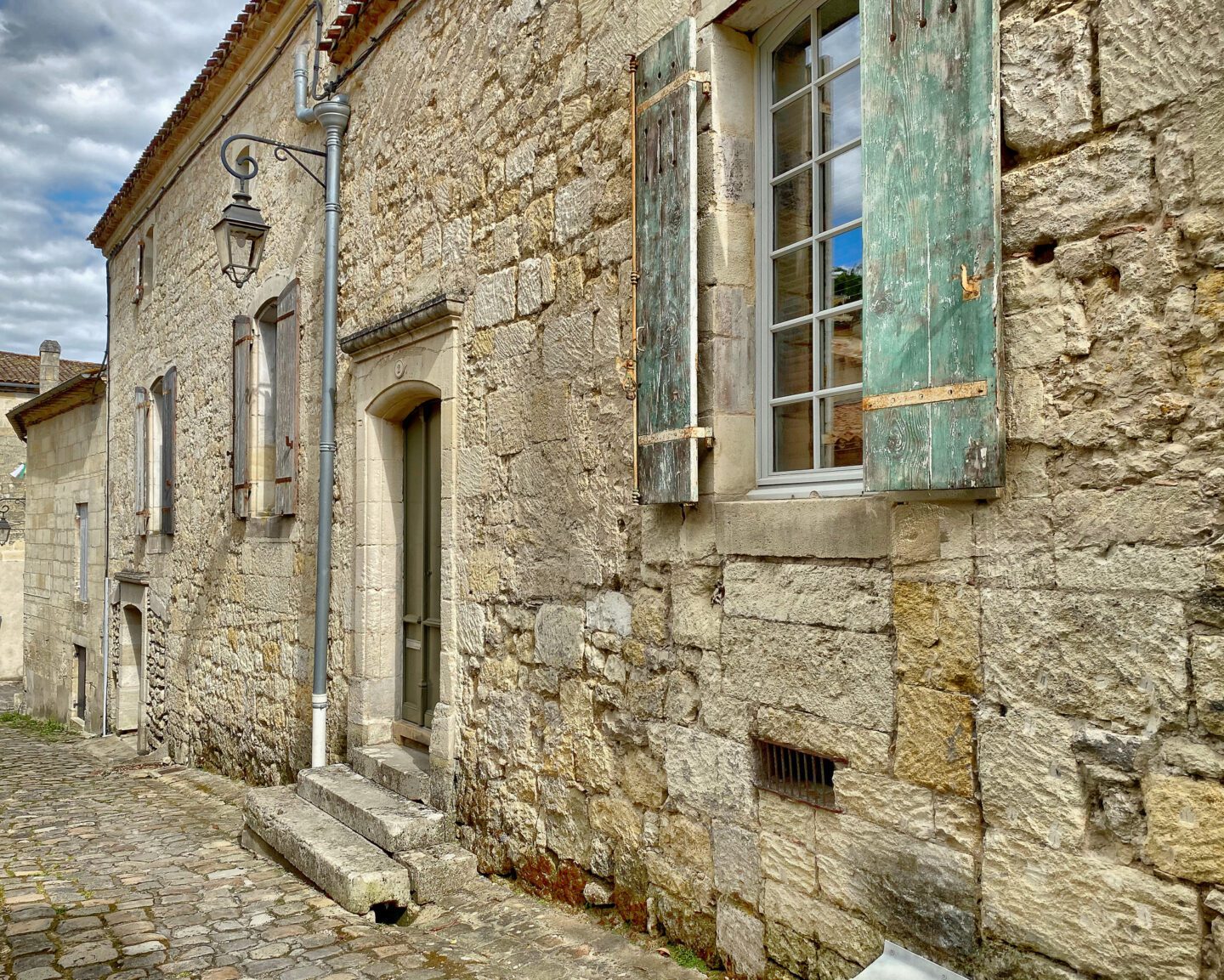
In the past, Bordeaux was perceived as snobbish and costly, but that’s no longer the case—and here’s why.
Bordeaux, a globally renowned wine region, is famous for its opulent red wines and picturesque vineyards. However, several misunderstandings and biases have clouded the region’s reputation in recent times. This article aims to debunk common Bordeaux myths and shed new light on this illustrious wine region.
Before diving into the myths, let’s briefly explore the region.
Bordeaux, nestled in the southwest of France, is a diverse and historic wine region, divided by the Gironde River into the Left Bank and the Right Bank along the Atlantic making it a maritime climate. This region has over 7,000 wine producers and spans approximately 111,000 hectares of vineyards. Bordeaux wines are typically crafted from a blend of grape varieties, with Cabernet Sauvignon, Merlot and Cabernet Franc dominating the reds and Sauvignon Blanc and Sémillon leading the whites. However, there are a plethora of other varieties: Petit Verdot, Malbec, Carménère, Colombard, Merlot Blanc, Sauvignon Gris ,Ugni Blanc and several ancient and indigenous grapes that are making a comeback (…more on that later, I promise)
Bordeaux is one of the largest wine-producing regions in the world.
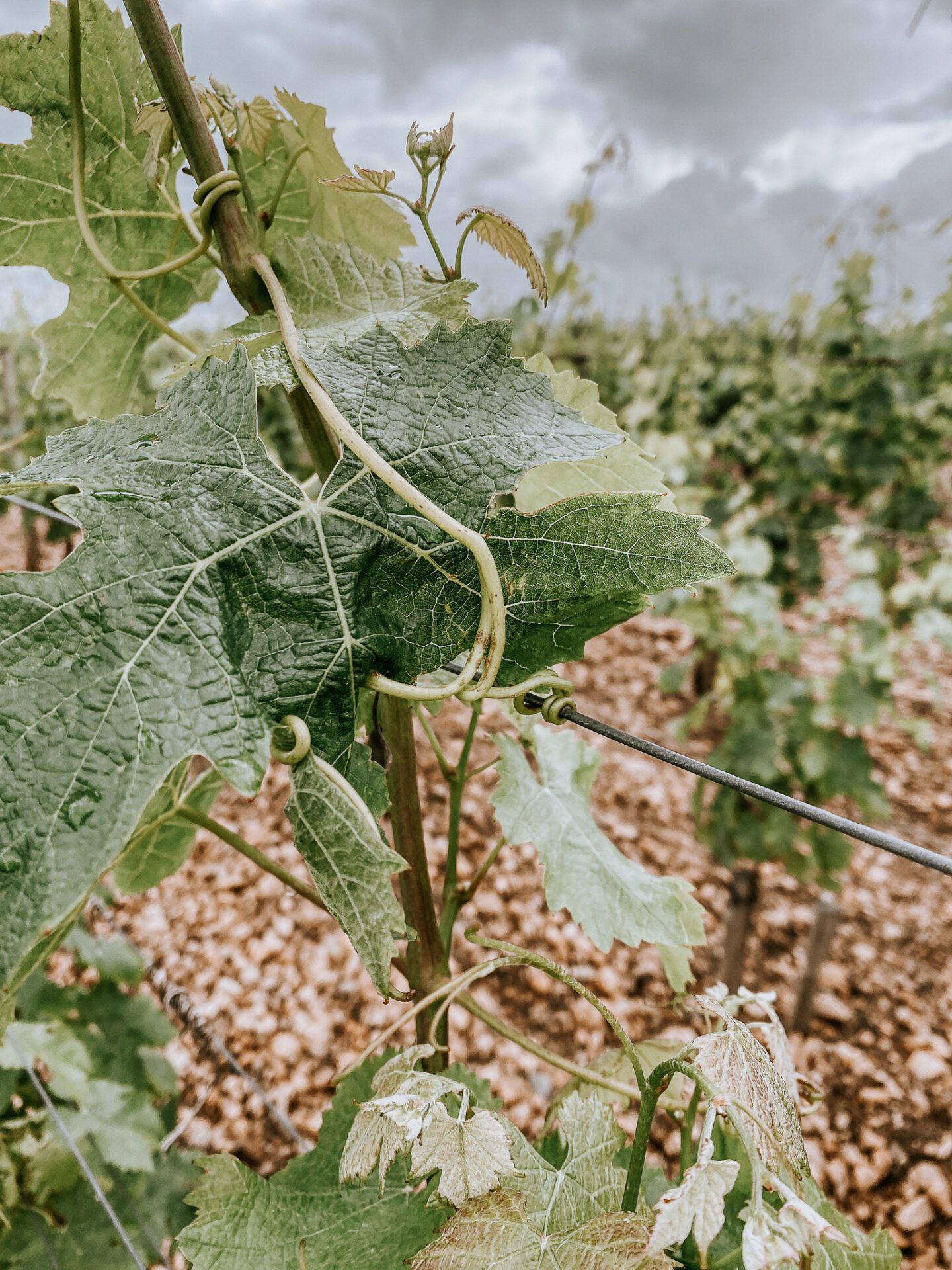
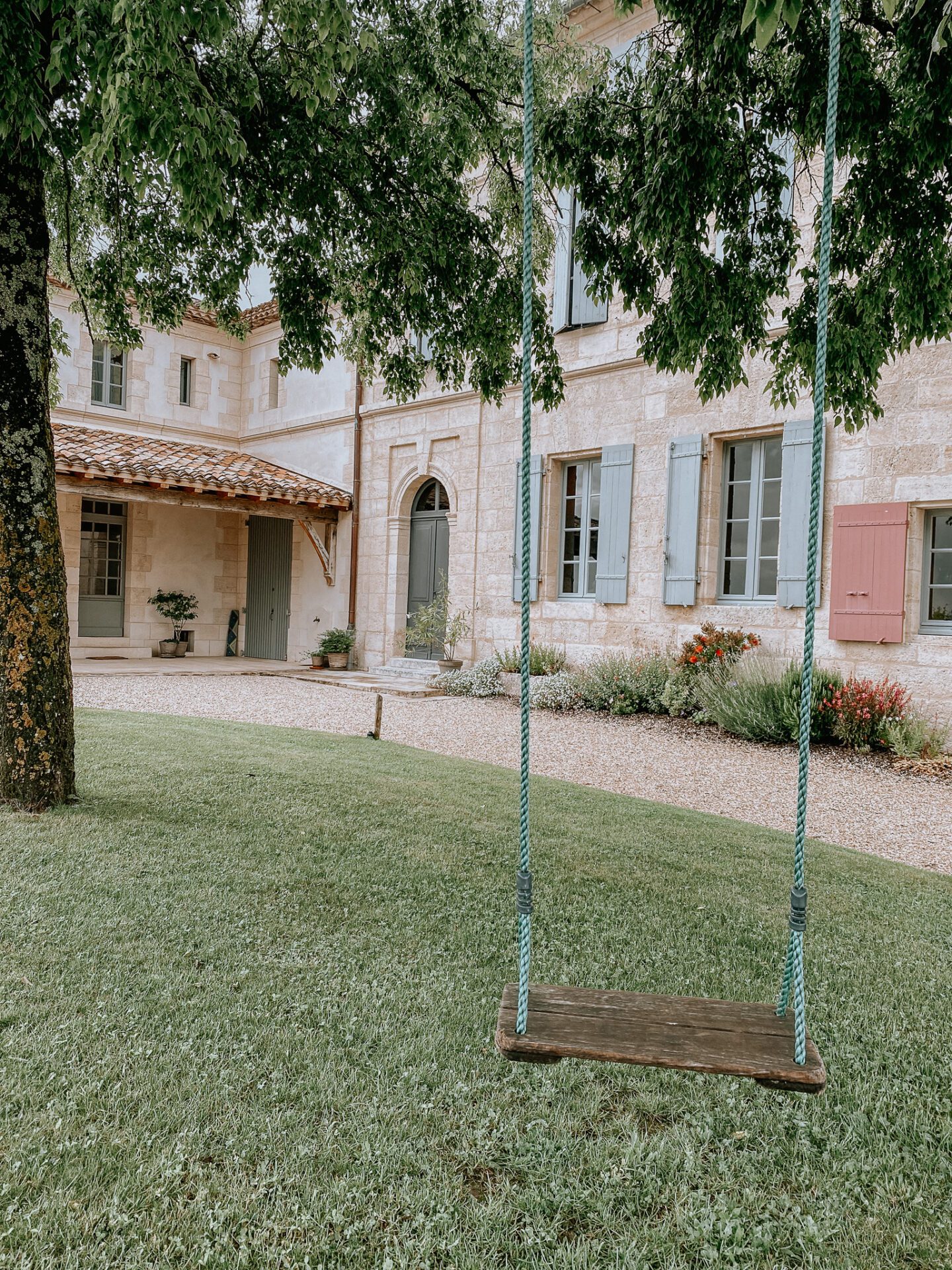
Myth #1: Bordeaux wines are too expensive.
It’s true that Bordeaux’s most prestigious wines can command exorbitant prices, but that’s shifting. In 2023, according to auction sales reports on wine searcher, no Bordeaux wines appeared in the top 10 most expensive wines globally. Nine out of ten were from Bourgogne, and one was from Champagne. This was not always the case but Bordeaux wines’ prices are decreasing. The region offers a diverse selection of wines at varying price points, catering to all budgets. Furthermore, lesser-known Bordeaux producers often deliver remarkable value for money.
Myth #2: Bordeaux wines are old-fashioned and stuffy
While Bordeaux boasts a rich heritage, its wines are far from being obsolete or dull. Numerous Bordeaux winemakers adopt contemporary methods and experiment with novel grape varieties, producing vibrant, innovative wines. While the region’s esteemed chateaux may embody tradition, an array of young, spirited winemakers are also injecting fresh energy and ideas into Bordeaux’s wine scene.
Myth #3: Bordeaux wines are too tannic and difficult to drink
Indeed, Bordeaux red wines can exhibit significant tannin levels, particularly when young. Nevertheless, this doesn’t render them unpalatable. Many wine enthusiasts value the structure and intricacy that tannins impart. As Bordeaux wines mature, their tannins mellow, making the wine more accessible. Additionally, winemakers can craft easy-drinking reds using Bordeaux varieties, with most estates currently offering a spectrum of styles. In fact, given the vast volumes of wine produced in Bordeaux, it’s important to recognize the multitude of styles emerging from the region. It would be an oversimplification to claim that all Bordeaux wines are single-styled, tannic wines requiring extensive aging, especially considering the diverse range of wines created there. Below I’ve listed three wines you need to try.
Myth #5: Bordeaux only produces wines by way of industrial farming
This misconception couldn’t be further from the truth. As of 2020, 75% of Bordeaux’s vineyard area has achieved certification from one of the eco-friendly labels, reflecting a strong commitment to environmentally conscious practices. Additionally, 85% of the vineyards maintain grass cover, and the region has seen a significant increase in beehive installations. In 2019, 174 beehives were established, marking a 50% growth in their numbers over recent years.
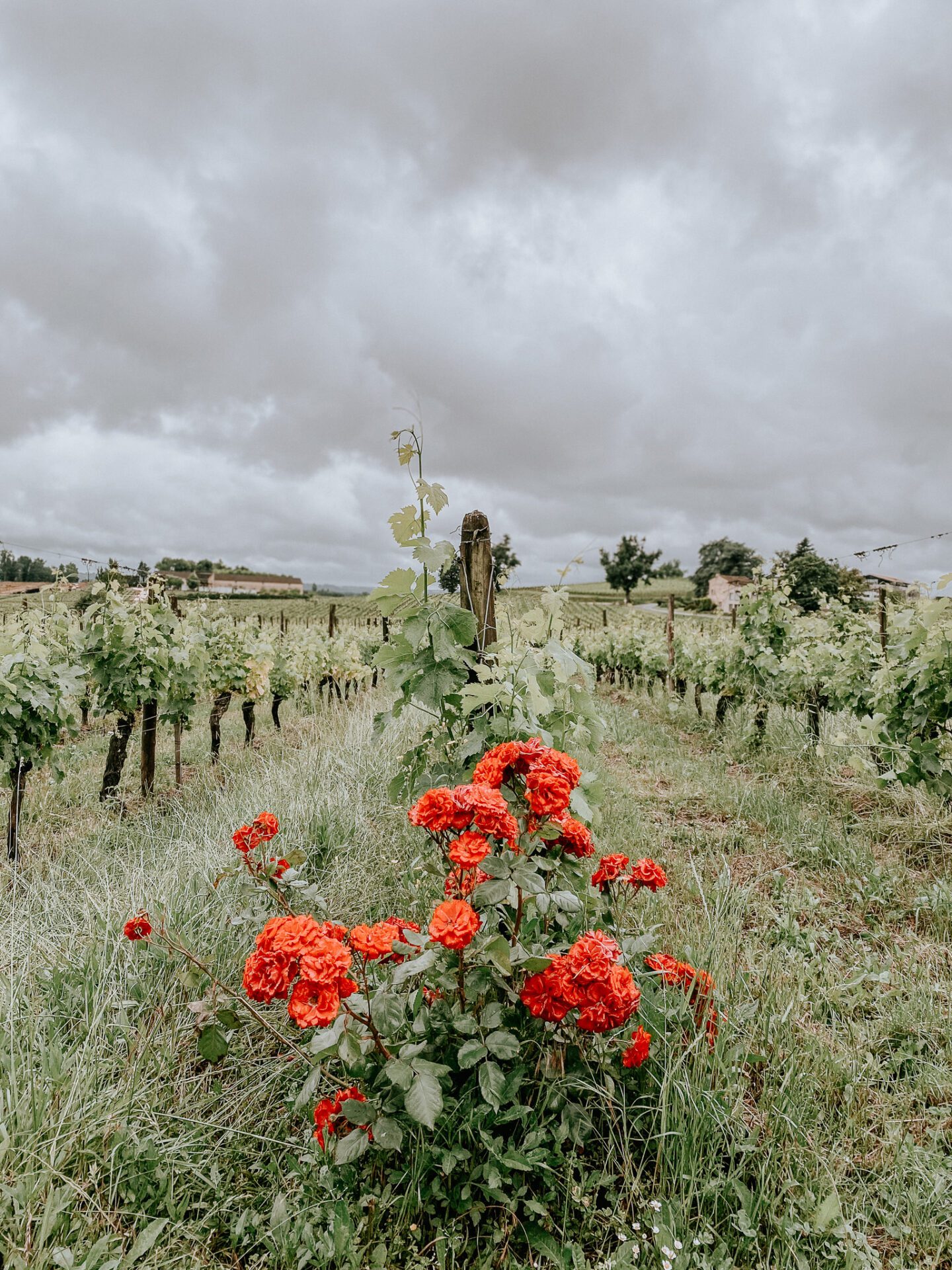

Myth #6: Only large corporations produce wine in Bordeaux
As the largest AOC wine region, Bordeaux is often subject to misconceptions perpetuated by mass media. Contrary to the belief that only major companies operate in the area, Bordeaux is home to a diverse range of small growers, totaling around 6,100.
Take, for example, Château Cazebonne’s trailblazing leader, Jean-Baptiste. As a key figure in transforming Bordeaux’s perception, he founded an association called “Bordeaux Pirates” and authored a book about rare and ancient grape varieties in Bordeaux. His passion for reviving forgotten flavors has inspired a new generation of winemakers to embrace diversity and innovation in this wine region.
Additionally, the region hosts 33 cooperatives, 300 négociants (merchants), and approximately 100 brokers working in La Place de Bordeaux, emphasizing the variety of players contributing to the local wine industry.
Myth #7: Bordeaux doesn’t produce “terroir” wines
This myth couldn’t be more incorrect. Bordeaux is a diverse region with various terroirs, each possessing unique characteristics and contributing distinct qualities to the wines produced there. From the gravelly soils of the Left Bank to the clay and limestone-based soils of the Right Bank, these terroirs significantly influence the flavor profiles, structure, and aging potential of Bordeaux wines. The notion that Bordeaux lacks terroir-driven wines disregards the complex interplay of soil, climate, and grape varieties that shape the region’s exceptional wines.
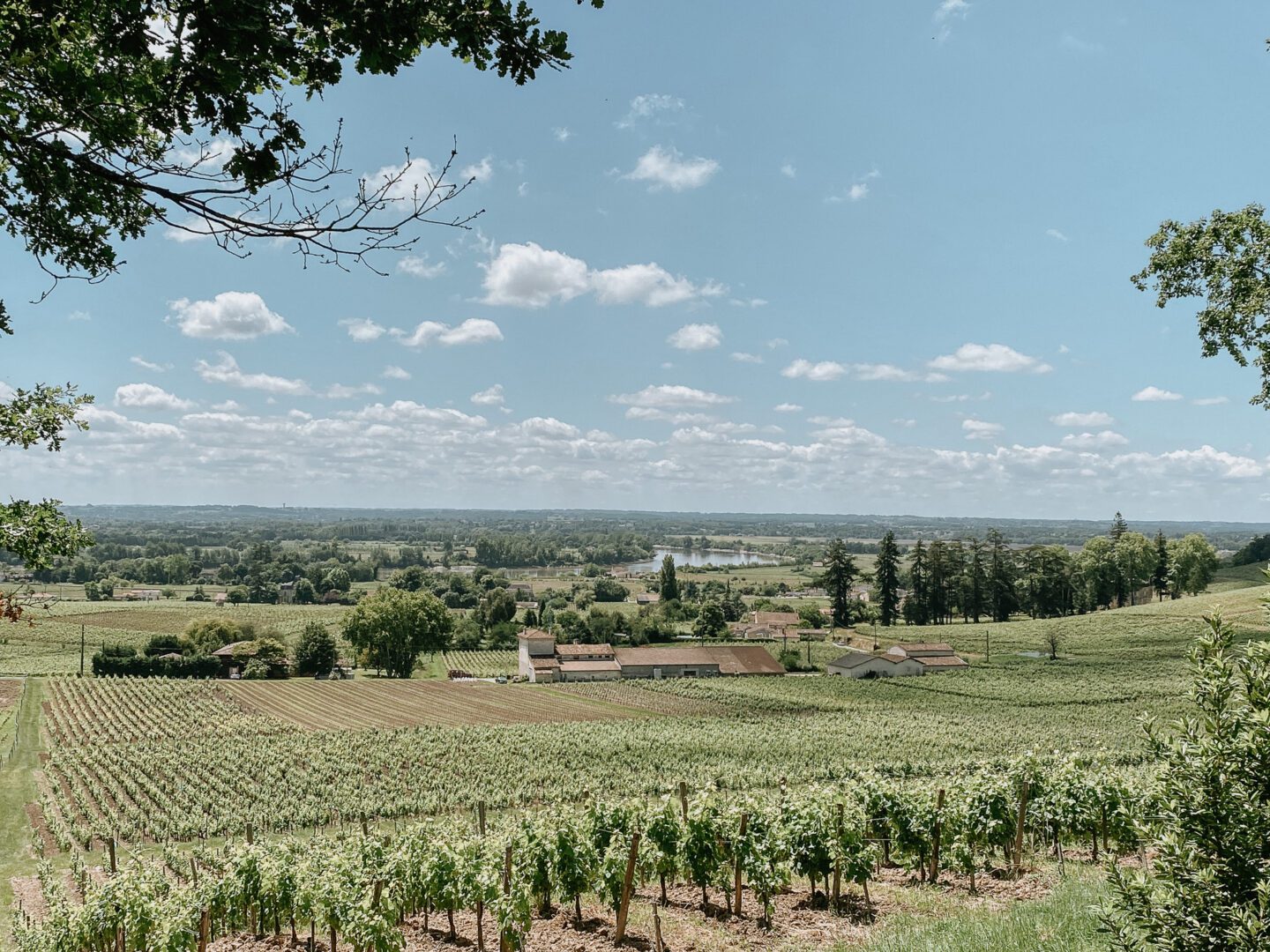
Myth #8: Bordeaux is exclusively for wealthy, serious wine collectors
Although Bordeaux is known for its collector-worthy wines, this doesn’t imply it’s solely for the elite or serious wine aficionados. In reality, Bordeaux is an excellent region for those just beginning their wine journey. With numerous sub-regions and grape varieties, Bordeaux provides a vast array of options for tasting and exploration, catering to all levels of interest and expertise.
Regrettably, Bordeaux has encountered bias in recent years due to its market positioning, perceived exclusivity, and the high prices associated with some wines. It’s crucial to recognize that Bordeaux is a diverse region with a multitude of producers and wine styles. Venturing beyond the famous chateaux and sampling wines from smaller, emerging producers may lead you to a Bordeaux wine that both surprises and delights.

In summary, while Bordeaux is not without its myths and misconceptions, the region’s significance and impact on the wine world are undeniable. By looking beyond the stereotypes and preconceptions, we can uncover the true splendor and variety of this iconic wine region.
Here are my 2023 Bordeaux picks that every wine lover should explore:
- Clos du Notaire (Amélie Osmond and Victor Mischler): Situated on the grounds of a former 14th-century abbey, this estate was already mentioned in FERET’s 1874 edition of its wine directory as a second cru bourgeois and first cru artisan. Located in the Côtes de Bourg region, Clos du Notaire produces a remarkable 100% Malbec wine aged in amphorae, showcasing the winemakers’ innovative approach to a classic Bordeaux grape variety.
- Château Mangot: Positioned to the east of the Saint-Emilion appellation in the commune of Saint Etienne de Lisse, Château Mangot boasts 37 hectares, including 34 hectares of vineyards. With numerous ecological reserves (hedges, woods, embankments, grassy strips, etc.) accounting for 15% of the area, biodiversity is a significant asset of Mangot’s terroir—or rather, its multiple terroirs. My pick this year is Marmot of La Brande from Castillon Côtes de Bordeaux, a biodynamically-produced blend of 60% Merlot and 40% Cabernet Franc that showcases the estate’s commitment to sustainable viticulture.
- Château Cazebonne: Spearheaded by wine maverick Jean-Baptiste, who is also a key figure in changing the perception of Bordeaux, he founded an association called “Bordeaux Pirates” and authored a book about rare and ancient grape varieties in Bordeaux. Cazebonne is one of the oldest properties in the commune of Saint-Pierre de Mons. In 1700, the property belonged to Sir Pierre de Castelnau, a king’s adviser and mayor of Langon. The estate now spans over 40 hectares and is farmed organically. A standout wine is their Grape Variety of Yesteryear from Vin de France, featuring Mancin, Castets, Bouchalès, Saint-Macaire, Petit Péjac, and other obscure local grape varieties. These lesser-known varieties are being replanted to reintroduce flavors that have been forgotten for over a century. In total, the estate works with more than 25 unique grape varieties.
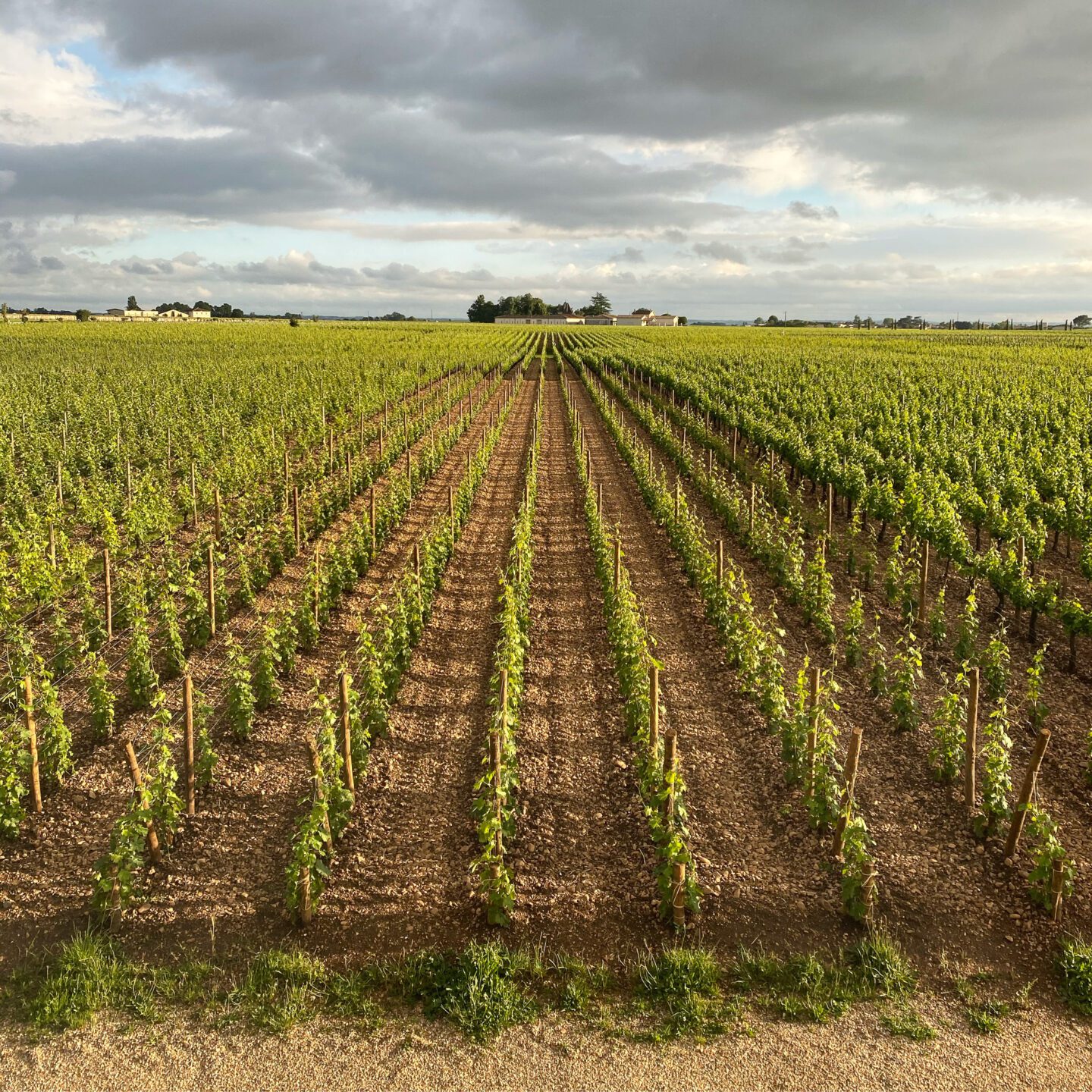
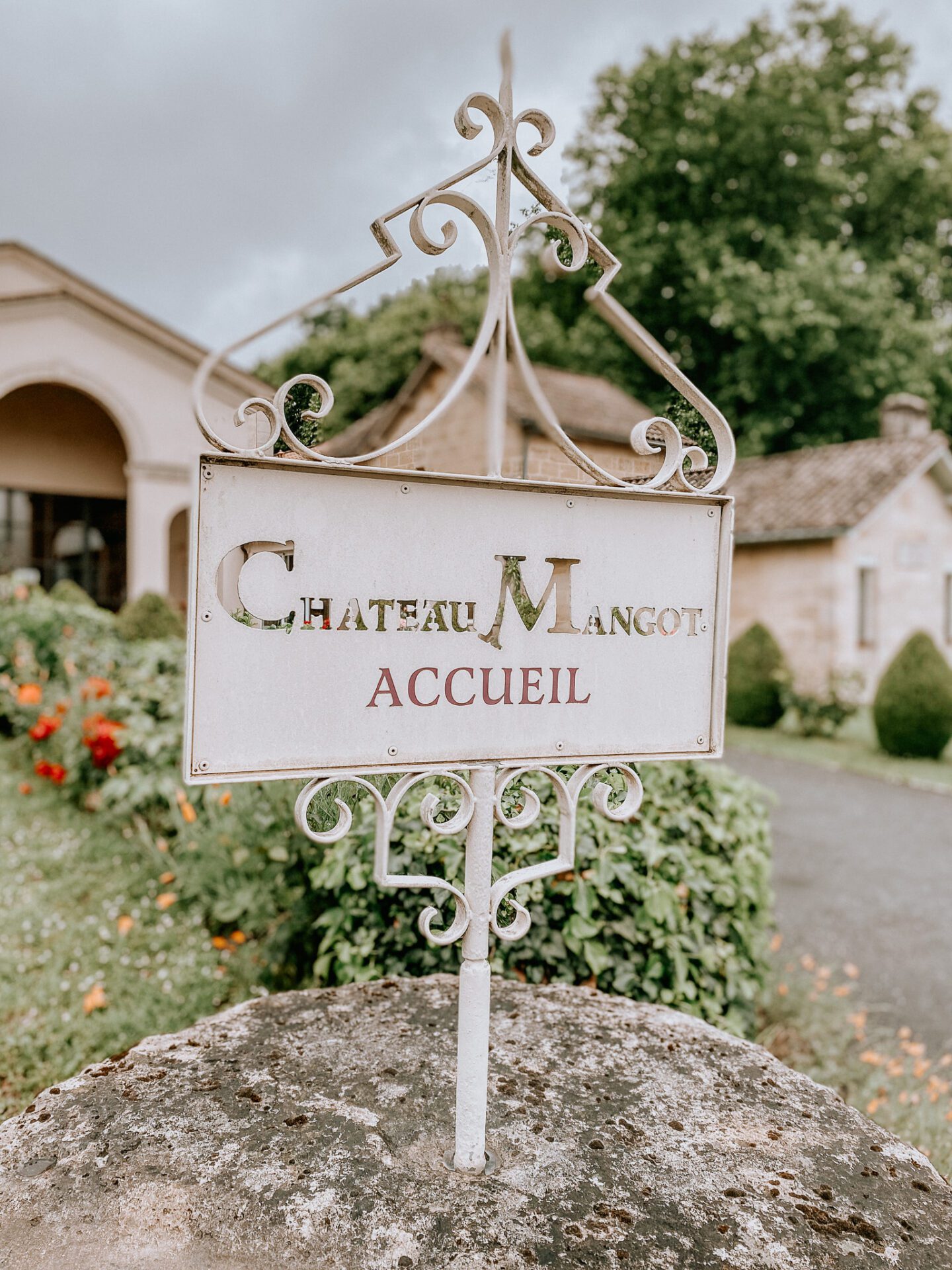
If you found this Bordeaux myth-busting journey insightful and enjoyable, don’t forget to subscribe to the blog newsletter and follow us on social media for more fascinating wine stories and discoveries. Sharing our content with friends and fellow wine enthusiasts is always appreciated, as it helps us continue to provide valuable, ad-free resources for all. Interested in partnerships or collaborations? Visit our partnerships page for more information on how we can work together to explore the ever-evolving world of wine. Cheers to uncovering the truth and embracing the unexpected in Bordeaux and beyond!
This article was developed by Emily Lester and Nicolas Fouilleroux